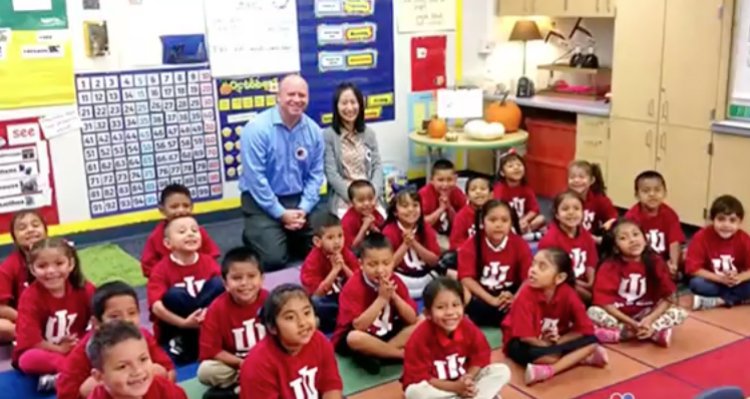 |
| Legg Mason employee speaking with student at University of Baltimore career fair. |
On March 22, Legg Mason announced that it had completed the public part of the financing to acquire CLARION PARTNERS, an asset management company with a focus on real estate investments, and EN TRUST CAPITAL, a company with a focus on high end investments. Legg Mason is using Senior Notes and Junior Notes, along with $500 million from its revolving credit facility as financing for the purchase price. The funds were also used for replenishing cash on the company's balance and a RARE transaction in October 2015. From this point, the acquisition is expected to close in the first quarter of 2017.
Chairman and Chief Executive of Legg Mason, Joseph A. Sullivan, stated, "We are pleased by the strong execution of these transactions in the market, with support from both new and existing bondholders, who are critical partners for us as we build an enduring asset management business. We are grateful for their confidence in Legg Mason. We remain committed to executing on our straightforward and focused strategy: providing our global clients with an increasing number of choices for investment strategies, products, vehicles, and assets."
At the same time Legg Mason announced the reinstatement of its buyback program starting March 22 and retroactive to February 1. That means the company will continue the $90 million buyback pace quarterly in the first quarter of 2017. It is scheduled to buyback $60 million of stock from the fourth quarter of this year, depending on business conditions and priorities.
 |
| Legg Mason's Women's Leadership Network meets in London. |
 |
| CEO Joseph A. Sullivan at MIT's Sloan Investment Conference. |
Click here to view more details for Texas list
Click here: INSIDER SECRETS TO SUCCESSFUL FREIGHT BROKERING















































